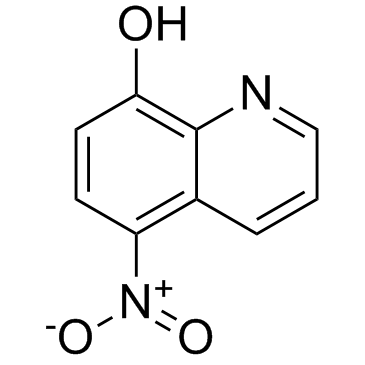| 结构式 | 名称/CAS号 | 全部文献 |
|---|---|---|
 |
5-氯-8-羟基-7-碘喹啉
CAS:130-26-7 |
|
 |
5-硝基-8-羟基喹啉
CAS:4008-48-4 |